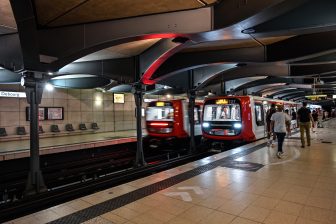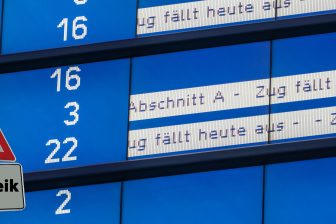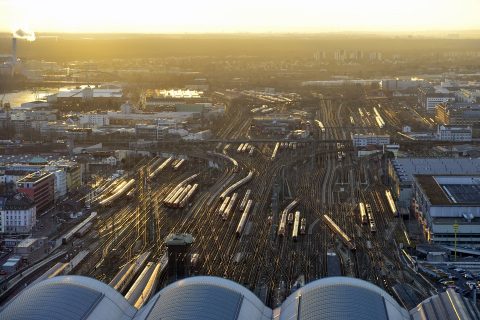
DG Move outlines key priorities for EU railways
The European Commission is developing a new transport strategy. How it sees the future of the railway sector, what technologies will change it and why the railways should be integrated with other modes of mobility. Elisabeth Werner from DG Move outlines some key issues in this regard.
European railways are being changed quickly. To meet customer demands, they need to do it faster and smarter. This requires new approaches and new technologies. Therefore, the European Commission is developing the new transport strategy where the railways become an important part of ‘a seamless mobility system’. Elisabeth Werner, Director of Land Transport at the Directorate General for Mobility and Transport (DG MOVE) of the European Commission, has clarified the Commission’s vision on the future of the railways. She declared an insightful speech on Thursday, 20 February, during the 9th International Railway Summit that took place in Warsaw. Below you can find some important excerpts from it.
New strategy and new technologies
“In the age of climate emergency, the European Commission President announced the Green Deal. It’s an ambitious target to reduce greenhouse gas emissions and to become climate-neutral. Now we are working as a Transport and Mobility service on a new strategy. It will be called ‘Smart and Sustainable Mobility Strategy for Europe’. We plan to release it in autumn. In that strategy, we would like to see railways playing a much greater role in transport in the future. Railways are safe, low-emission, energy-efficient, capable to carry heavy goods and large numbers of people in a safe and climate-friendly way. Railway works for cities and railway works over long distances.
But too often today, railways are unattractive compared to the flexibility of the private cars or the trucks, slow and unreliable compared to the plane… We see the new technologies that become available as your opportunity to overcome these barriers and to integrate railways smoothly into the mobility system. Railways will not be able to offer door-to-door services. So, the collaboration and integration with the rest of the mobility system, as Francois Davenne specifically referred to public transport, is of the essence if you want to offer door-to-door services. For this, data will be the tool, we need 5G, we need artificial intelligence, and we need data sharing to link rail, to make it accessible, to reduce the costs and to better manage the capacity.”
Text continues below the picture
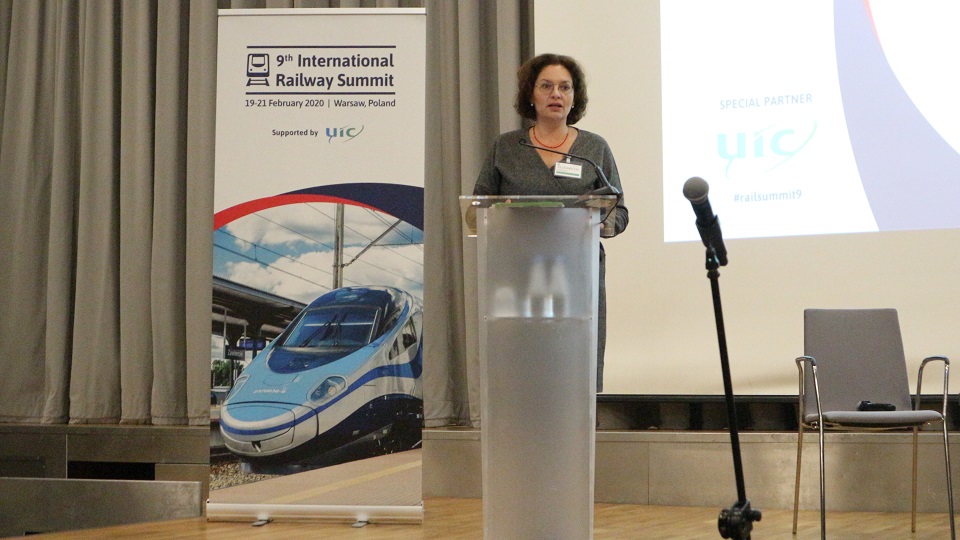
From 5G to ATO and energy-saving
“So let me start with infrastructure and capacity management. A first game-changer is a state-of-the-art radio communication system able to optimise the spectrum to be reliable safe, also cyber safe. For us, for railways, we see 5G as a solution, that’s where we are heading. And I would like to thank you the UIC for early efforts in this direction. The future mobile communication system will eventually replace today’s GSM-R system after 2025. We intend to do so in a way that preserves most of the existing equipment because we are very conscious of the costs. We will integrate it into our package of technical specification for interoperability that we will present in 2022.
We are also looking at the space technologies that we have. For Europe, that’s Galileo and EGNOS (European Geostationary Navigation Overlay System) because they can increase the precision and reliability. They will allow having advanced train control, also a good tracking system, traffic management system… We expect significant gains in capacity, safety but also enabling smart contracts, smart tracking and tracing of assets for goods but also for the railway assets, and then, of course, more reliable services if we have these specific locations systems. For the EU, this will allow us to finally upgrade our famous ERTMS system, … to optimise the capacity use dealing with delays, avoiding disruptions and again making sure that the railways are interlinked with the other mobility modes. This is possible if you have a real traffic management system.
Text continues below the picture
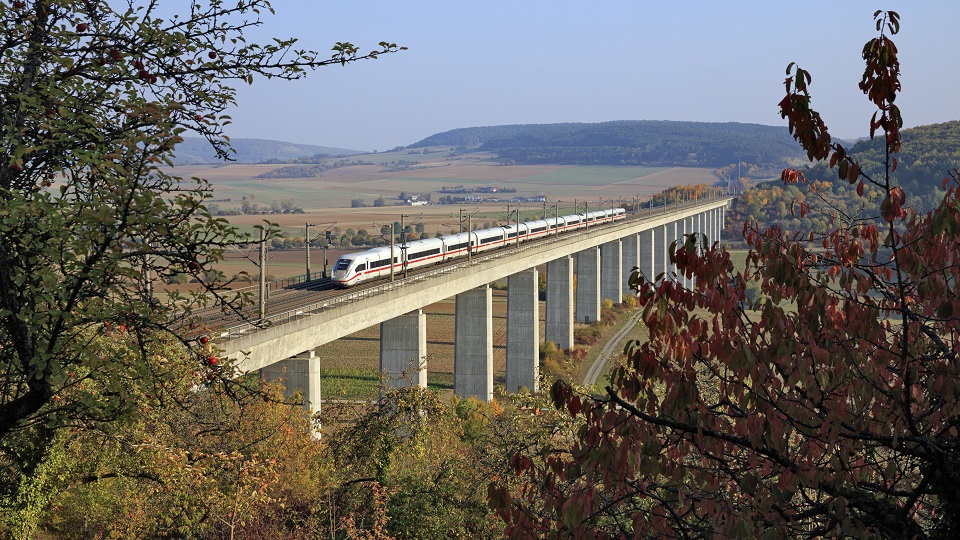
The next step is the automation of trains with a traffic management system that will again allow better capacity use. This time we can go a further step having more trains on the track at the same time and the reduced distance between the trains. We can also have automatic terminals and we believe that will come sooner rather than later. It will also permit much more flexible systems because we will have to make better knowledge and the disposal of the infrastructure. So that we could have almost real-time services in some cases.
But not to forget that we also pay substantial attention to reduce energy consumption. Because you have a much smoother running of the trains. Estimates vary around 20 per cent of energy saving on the long distance up to 15 per cent for metro services. In addition, that (of course, not only that) will reduce the operating costs.
So, these three possibilities, the future radio, the satellite and a modular system for the rail traffic management ERTMS, and then ATO up to a Grade of Automation 2, will be in our proposals for the secondary legislation in 2020. The work keeps going in Shift2Rail to come out with a full set of specifications for fully automated trains in the coming years.”
Intelligent data
“For us, at the heart of all this technology is, nevertheless, a softer element in innovation. And that is digital work and digital working. I’m talking about because it’s about openly sharing and using the data, not only the interoperability of data in the technical sense of the format of the data but the actual mindset of making that data available for all those who can benefit from it. Here I want to talk about the data environment that is also confusive to innovation that adds values to the railways but goes wider than the railways.
We’ve been working on this for some time now at the European Commission under the framework of intelligent traffic systems and intelligent data systems. We will have this year, for the first time, multimodal travelling information service system becomes available. Now we are looking, of course, into the dynamic data, the real-time data, on the capacity, on the prices, on the seats that are available on the train. And when you know where the train is, when it needs to arrive, what free capacity it has onboard, what goods it has onboard, then you start to link this with the users of the railway, that can be the passengers or the freight forwarders.”
Text continues below the picture
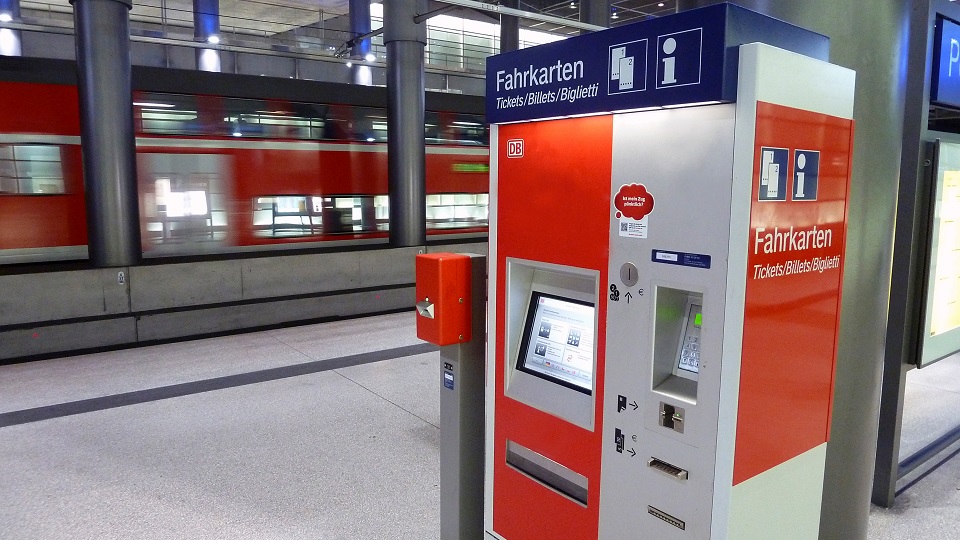
Ticketing and mobility as a service
“Ticketing is, we believe, really essential if we want to provide real alternatives for people to leave the private cars behind and to use the railway and railway-related services. As a clear passenger demand because the passenger never really much cares which company he travells with. What do we want to do is to go from A to B, perhaps, in a fast way, in a cheaper way or in a sustainable way, ideally combining these three when you get to the railways. Unfortunately, we still have a lot of barriers. The Commission did a study last year. We concluded that these barriers are mainly of a commercial nature. I know that there is a lot of the sector initiatives to overcome this… We’ve been talking about this for the years and we are still not there.
With the European Green Deal where we really want to provide an alternative to people, this is a topic the European Commission intends to look at it very closely in the near future. There are obvious links to the concept of mobility as a service. And I absolutely determined that railways need to be part of this. So we will be looking at the ticketing as the part of our transport strategy that we have planned to announce at the end of this year. In that, we want to assess whether the EU intervention is necessary. It does not have to be a legislative initiative. But we really want to make sure this ticketing is available very soon.”
Text continues below the picture
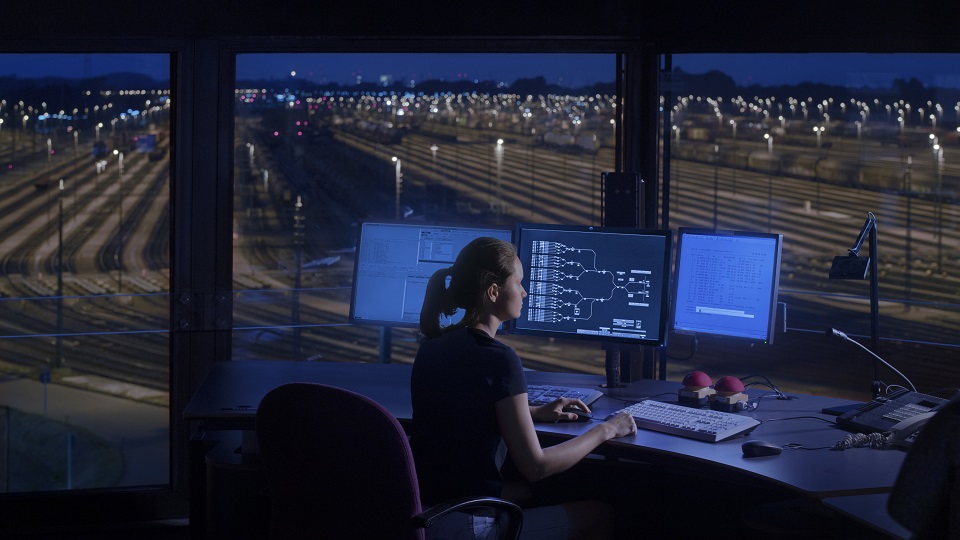
Revolution in freight
“Similarly is also for freight, a revolution is taking place. In that, documents are being digitalised, the concept of one-time-only submission of information is finally carried through. We have a single window. For the time being, it’s an EU Maritime Single Window. We see no reason to keep this single window only maritime, especially with all the freight coming to Europe from Asia by rail. It is a very good case for having a single window extended to rail as well as for the electronic freight transport information, community systems, and the multimodal transport document for freight. Of course, we want to make sure that our telematics standard will accommodate all of these changes.”
High hopes
“In conclusion, what I want to say is that we really have high hopes for digitalisation to integrate railways into the seamless transport system. It’s happening in all the modes, and the railways should not leg behind. The difficulty is not that the technology is not available, it is. There are very good ideas, very good products. The difficulty is that it takes an extremely long time to deploy it system-wide. Because everyone seems to be waiting for others to do the first move and integrate it first. The priority for future action for us will be making sure that we go beyond the infrastructure-related barriers for the connected system.
And absolutely crucially, we must make sure that whatever we agree in terms of new connected technology works as a system-wide solution. We cannot spend 15 years tearing down hard interoperability barriers and then recreate others by embarking on different technological solutions. We must do this now, not later… My final plea to you is, please, work with us, regulate us, work with the European Railway Agency, work with Shift2Rail, work with UIC. The more internationally, the better it will be for rail. But we need these modern solutions quickly.”
Read also:

